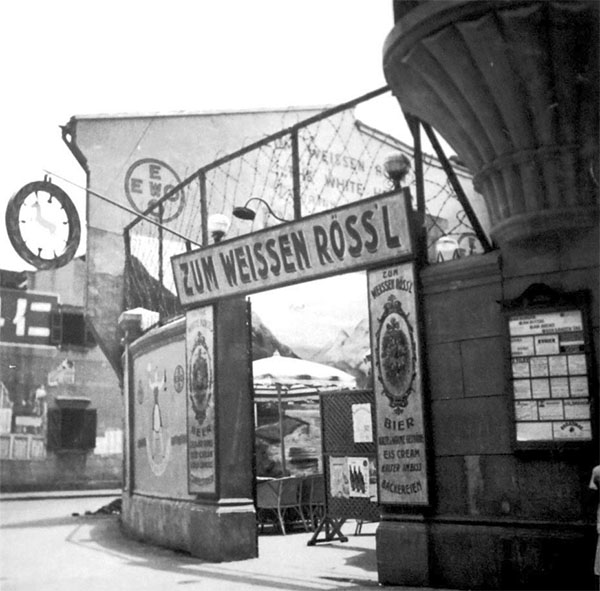

 |
|
Old photo of the White Horse Inn during World War II. PHOTO PROVIDED BY SHANGHAI JEWISH REFUGEES MUSEUM FOR CHINA DAILY |
Short lived peace
In February 1943, the Japanese Imperial Army - which had since 1937 occupied Shanghai following the three-month long Battle of Songhu - ordered all stateless refugees who came after 1937 to move into a confined area in Hongkou measuring less than 2.5 square kilometers.
The Jews were crammed into the Designated Area for Stateless Refugees, also known as "The Ghetto". Strict curfews were implemented and people needed to obtain a pass in order to go to work or to see a doctor.
"I remember I was always hungry," said Evelyn Pike Rubin, an 85-year-old author and lecturer currently living in New York. She escaped from Germany to Shanghai in 1939.
Though the Chinese had to endure the hardships of war at that time as well, the Klingers said that they never encountered any hostility from them.
"The Jews lived in the same neighborhood with the Chinese in Hongkou, sharing everything. They shared the happiness, the good times and the bad times," said Perlman. "It's very easy to be friends when everything is good, very hard to make friends when times are difficult. That is why the relationship between the Chinese and the Jews, which was forged during the hardest times, can be considered true friendship."
This designated area was abolished on September 3, 1945. After the war, the Jews gradually left Shanghai, heading to countries including the United States, Australia, Canada and Israel.
Ron Klinger moved to Australia in 1946 with his parents. His grandparents kept the café until 1949 when they headed to Australia too.
"The second World War was a terrible time. The story of our family is just one among millions," said Klinger.
"But we were lucky. Our story had a happy ending, thanks to Shanghai."